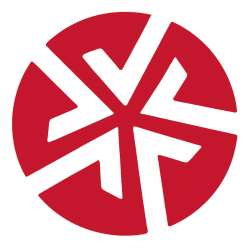Bezos Gives Bride a $5m Pink Diamond
Amazon founder Jeff Bezos gave his new bride a pink 30-carat diamond engagement ring, valued at up[…]
Diana’s Twin Nieces Stun in Over 150 Carats of Diamonds at Tiffany & Co. London Gala
Twin models and aristocrats Lady Amelia and Lady Eliza Spencer, nieces of the late Princess Diana, brought[…]
Seized: $25m of Fake Cartier and Van Cleef and Arpels Jewelry
US customs officers seized five shipments of counterfeit Cartier and Van Cleef and Arpels jewelry mostly from[…]
Gemologists Uncover the Secrets Behind the Rarity of Red Diamonds
Red diamonds remain one of nature’s most elusive and captivating treasures. With only 24 specimens over one[…]
Historic “Marie-Thérèse Pink Diamond” Fetches Over $13.9 Million at Christie’s
Marie-Thérèse Pink Diamond
Rare purple diamond unearthed at Diavik
Just when it seemed Diavik had given all it could give, a rare purple diamond has been[…]
Unique Patek Philippe Sells for $4.3m
A unique Patek Philippe watch sold for $4.3m at Sotheby's New York - the highest price realized[…]
Alrosa Concludes Sale of Share in Catoca
Alrosa has concluded the sale of its 41 per cent share in Catoca, Angola's state-controlled diamond miner,[…]
Karelian clears key hurdle for EU’s first diamond mine
Karelian Diamond Resources has registered its Lahtojoki mining concession in the Finnish land registry, advancing its plan[…]
